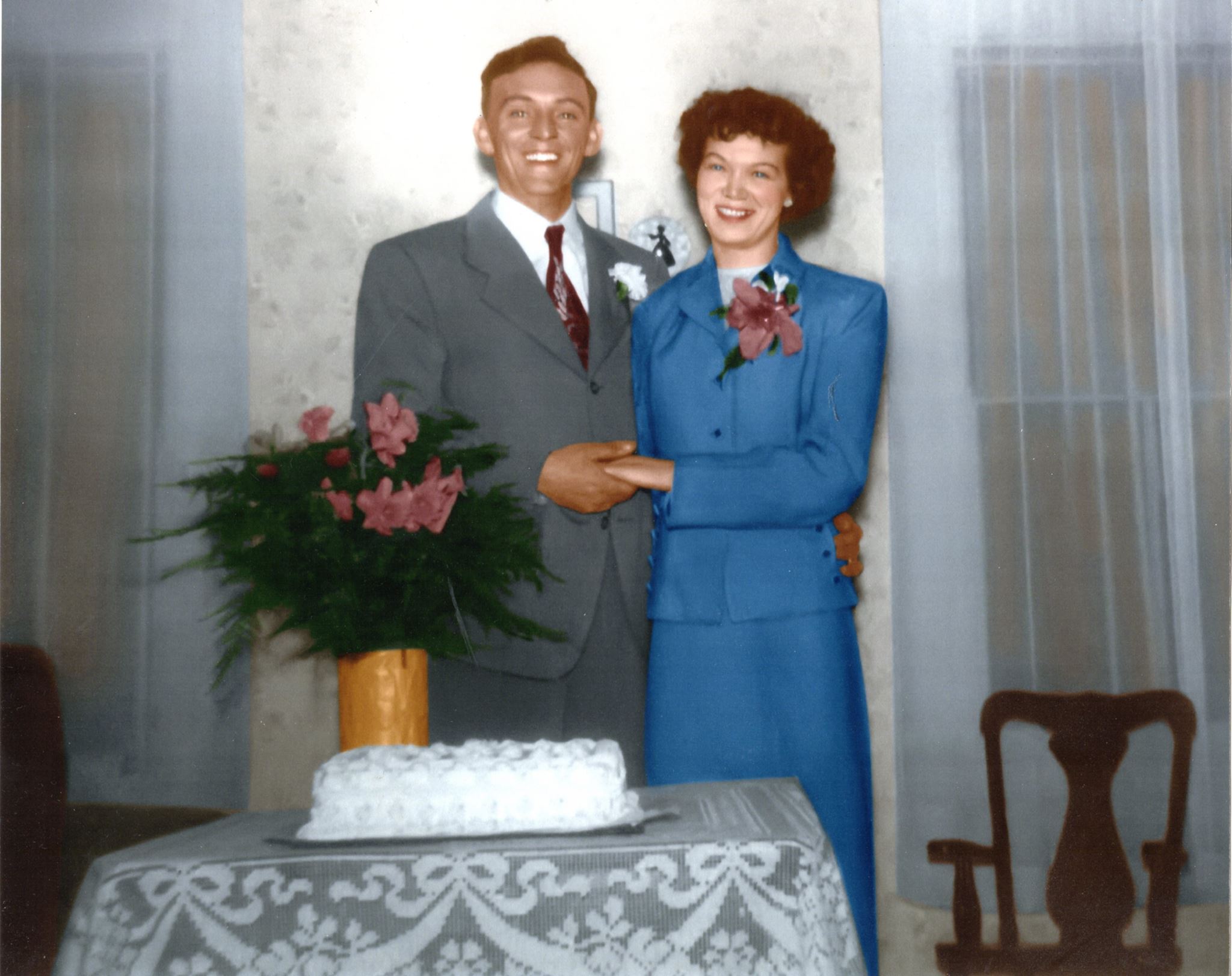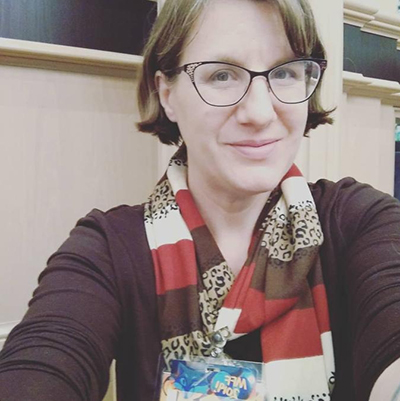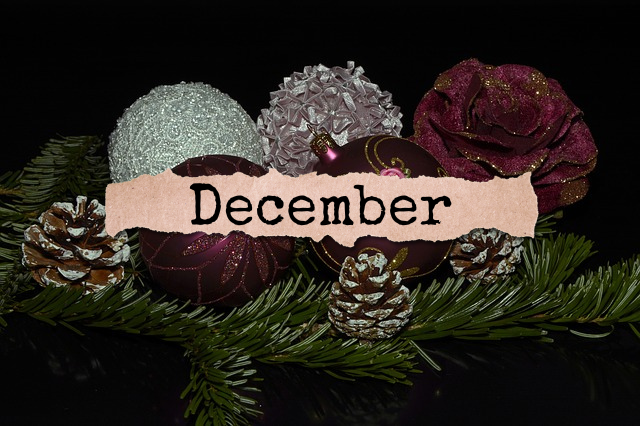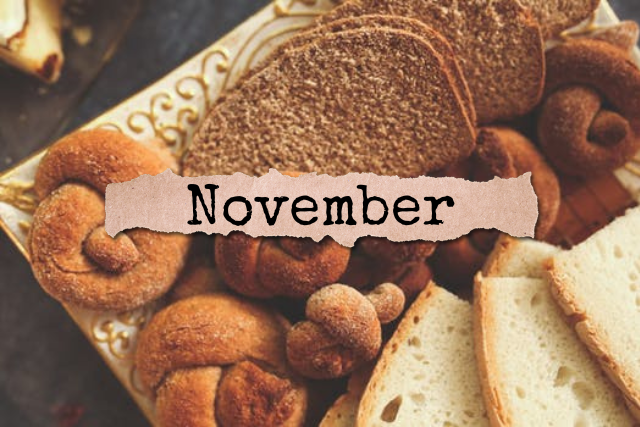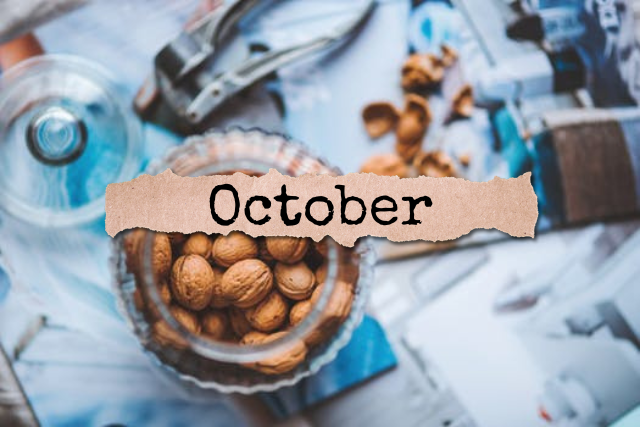In the summer of 2017, I joined WikiTree to see if there might be any useful information about my ancestors there. I also uploaded a limited GEDCOM to the site, to see if I could contribute anything of value. I experienced some ups and downs, so here are my thoughts and experiences. You could also think of this post as “WikiTree: Instructions for Use” since I will share my thoughts and tips on using this site.
Collaboration
Wikis by their very nature are openly editable by anyone who happens to be a member. This means you have well-meaning members making changes to your data or telling you what they think you should do with it. Some members are very polite and personable. Others are brusque and to the point. Like everything in life, it’s not all sunshine and rainbows. However, most people are there because they want to work together to improve the tree. If you don’t like someone else “touching your ancestors,” I’m going to tell you straight up that this is not the place for you.
However, if you would like to work with others – and especially if you would like to find cousins who have the same deep interest in your shared ancestors – WikiTree might be a place you want to try. Remember, most genealogists are excited to share their toys, so even if you don’t want to contribute to the tree, you might find profiles for your ancestors that include sources you don’t yet have!
Keep in mind this is not a place where you will find sources. Sources are cited in ancestor profiles, but this is not a service like Ancestry. This is an online family tree with a lot of fun community extras and teamwork.
Joining WikiTree
I recommend starting out as a Guest or Family Member to get a feel for the site. Not going to lie here, folks, the interface is complicated and outdated. I’m not sure what kind of coding or platform it’s been built with, or if it leaves room for change/updating for ease of use in the future. But that seems to be the main complaint for most people, that navigating it is difficult.
There is a learning curve and this is why I recommend taking it slowly, one step at a time. It’s a lot like comparing Gedmatch to Ancestry for DNA. Gedmatch offers some really cool tools, but they were developed by a developer, which means the rest of us mere mortals are going to have some learning to do. 😉
It doesn’t help that Ancestry is visually attractive and easy to navigate. We’ve become accustomed to sites that are streamlined and deliver the information or results we want right meow! However, please don’t let WikiTree’s interface put you off of exploring it further, because this site has so much to offer.
WikiTree Genealogist Honor Code
WikiTree users sign the Genealogist Honor Code, and this is a commitment to accuracy, courtesy, and assuming – as well as acting with – the best intentions of everyone. This doesn’t mean every profile will be perfect. Some people join WikiTree, upload a huge GEDCOM, and then never return. However, you are also going to find amazingly-written biographies and well-sourced profiles that are maintained by active profile managers who care about the information presented.
If you do a Google search for your ancestors and find them on WikiTree, please stop and take a good look at the profiles. If they’re among the phenomenal ones you can find on the site, congratulations! If, however, they appear abandoned – maybe even orphaned – then maybe you could consider adopting them and helping them meet their full potential.
For example, I have no direct connection with any of the Culper Ring spies, but I’ve been fascinated by them ever since watching the TV show Turn. So what did I do when I came across some orphaned, unconnected, and unsourced profiles that might have been connected to one of these famous spies? I adopted them, improved the biographies, added sources, found out they were indeed related to one of the spies, and made the connection between family members. These folks have living descendants, so maybe someday those descendants will be glad someone took the time to do that.
And that’s the thing about WikiTree – it’s not about me or you. It’s about everyone, how we can work together to create a well-sourced family tree for anyone, from serious genealogist to casual family historian, to enjoy! If this sounds good to you, here are some tips on how to get started. Keep in mind, this is just from my experience.
Creating Profiles vs. GEDCOM Upload
I’m not going to sugarcoat it – the GEDCOM upload is a process, and that means you must then go in and fix every single person you added to conform with WikiTree standards. Yes, this site has standards, and I think that’s one of the things most people find daunting when they first get started.
The work of improving a GEDCOM includes fixing names, dates, locations, biographies, sources, merging potential duplicates, and more. If you upload a GEDCOM of several hundred people, it can take quite some time to fix all of their profiles. And if you are busy with work, school, children, or life in general and can only devote an hour or two a week to it, this can take a while. So I don’t suggest that approach.
If you want to start with a GEDCOM, I recommend limiting it to no more than four or five generations. That’s a more manageable project and you’re also less likely to run into duplicate profiles that you’ll need to merge. WikiTree is meant to be one family tree, not multiple trees.
I highly recommend creating profiles one at a time, instead, starting by creating profiles for yourself, your parents, and your grandparents. Why? Because that information is private and/or limited. No one else can edit them, except you. That’s a great way to hone your biography writing and sourcing skills. Keeping it within only a couple of generations of yourself to start is also great because it keeps other people from editing the information you’ve uploaded or added, which can be frustrating for a newbie until they get to know the site, the standards, and the community.
Once you get comfortable with the interface, work your way back by adding your great-grandparents. Beyond that, the privacy options are much more open and other members can edit your information freely. Again, if you are fiercely protective of your family tree, WikiTree is not the place for you.
Take the time to learn about WikiTree’s formatting, the Find A Grave template, and tags. Those are the basics that will ensure you have easy to read profiles and well-organized sources. Don’t worry too much about Categories and Stickers just yet. If you cannot find any sources to add to your profiles, please know that they may be tagged with the “Unsourced” designation. I prefer to add the Unsourced tag myself, with an explanation of why sources haven’t been located yet, and where I’ve already looked.
There are many help pages on WikiTree that cover a lot of ground. Maybe a little too much! That’s why I suggest taking it person by person in creating profiles and familiarizing yourself with how things are done on the site. A slow and steady start will save you from the unnecessary frustration that comes from people who try to do you and WikiTree a favor by adding information to your profiles – which is done in the spirit of helping improve the tree, not to upset you. As I said, you’ll connect with some really wonderful people who care about the WikiTree mission, but if you feel possessive about maintaining a family tree, then you are better off keeping it elsewhere.
P.S. I never, ever advocate keeping your tree online only. I keep mine in Legacy and Rootsmagic, and back my files up regularly. The reason I have it on Ancestry and MyHeritage is to link to my DNA results. The reason I have it on WikiTree is for the collaborative community aspect of the site.
WikiTree Tips
Profiles on WikiTree and the sources added should be easily accessible to all users, or at least detailed enough for you to find the original source yourself. By this I mean try to add freely-viewable sources. FamilySearch is, of course, the go-to site for this, as well as Find A Grave, the National Archives for certain records, and Archive.org for published genealogies, directories, town reports, books with vital record transcripts, and more.
Some WikiTree users add links to subscription-only sites as sources, which means no one can even see the sources unless they are a paying member of the site. I disagree with this practice, unless it is the only available source. I also disagree with citing family trees as sources, unless it is a published, documented family tree, such as the ones you find in the Mayflower Silver Books.
You can also earn badges on WikiTree, which can be a lot of fun. I’m a goal-driven video gamer, so the badges appeal to me in the sense that they almost gamify the experience. However, the real goal should be to make the family tree be the most accurate it can be. The badges are a fun incentive, but this is not a numbers game. This is about being rewarded for the time and energy you contribute to something that can benefit everyone.
I also recommend approaching your fellow WikiTreers in a friendly manner. Some people leave a blunt message on merge requests that simply say “Clear duplicate.” There’s nothing wrong with that, but I prefer leaving an enthusiastic and friendly message that says, “Hi there! I see we both manage profiles for John Smith who was born in 1795 and died in 1832, and who married Mary Johnson. They were my 4th great-grandparents. It looks like these profiles are duplicates and I’ve added several sources. If we could get these merged per WikiTree guidelines, that would be fantastic!”
Sure, that’s much less efficient than “Clear duplicate,” but I feel like it’s an invitation to connect with a possible cousin and fellow community member. And that’s another point of having a collaborative tree, to connect with others who are as excited about genealogy as you.
Here is another personal preference: When I do find errors in a profile or an unsourced profile, I prefer not to edit it directly. Instead, I like to communicate with the profile manager and say, “Hi there, I found *this source* that might be of interest for *ancestor name*. I hope this is useful to you in enhancing their profile!” If that profile manager hasn’t checked in for a while or doesn’t respond in a couple of weeks, then I will correct the errors or add the source. That goes hand in hand with assuming everyone has the best intentions. We should also act with those good intentions.
If you decide to give WikiTree a try, take it slow, maybe get involved with one of the various teams, and don’t be afraid to communicate! Many of the folks there are friendly and committed to improving the quality of the profiles found on the site. Who knows – you might even meet a cousin or make some new friends!


